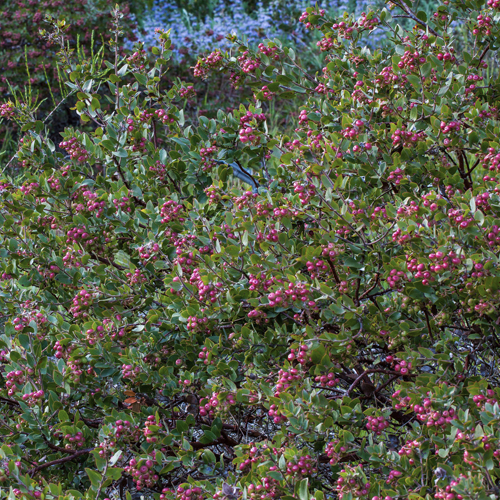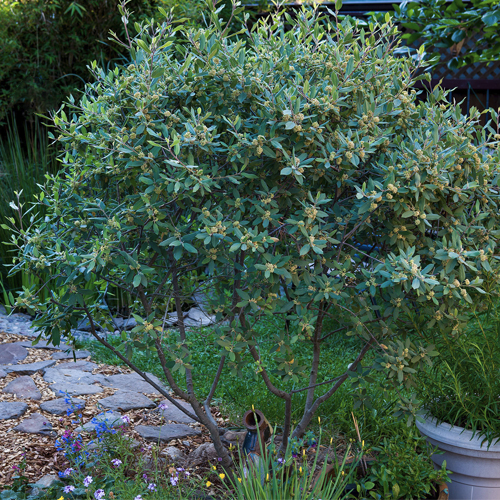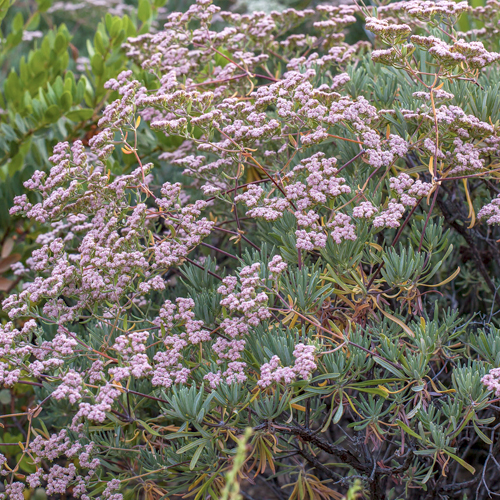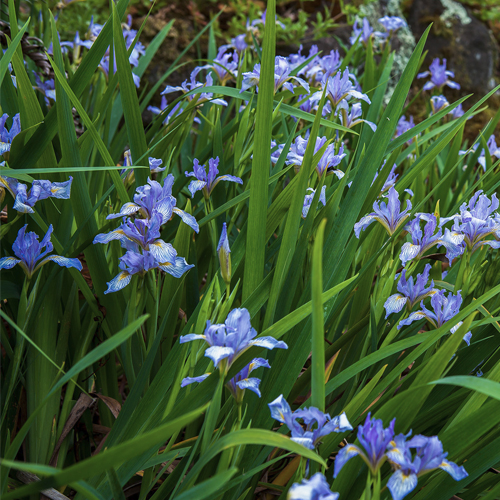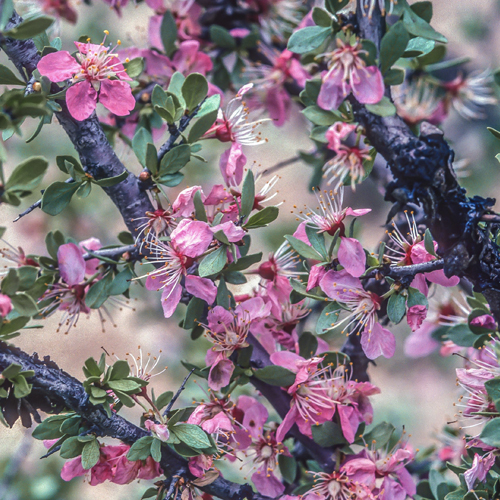The Family Native Garden
BACK TO FULL TOUR
Garden Features
Bees
Drought Tolerant
California Natives
Drip Irrigation
Pesticide Free
A Garden Nurtured by Generations.
I, Philip Van Soelen, purchased this home in Sebastopol in 1978 and lived/gardened there for over 35 years. The first work was breaking through blue shale road-base with a pick and shovel, loosening the underlying sandy soil and creating terraces for the gently sloping lot. The lot is a long deep lot 150’ x 65’ that gently slopes to the house at the back of the property. A seasonal stream/drainage ditch flows across the property. I accentuated this slope by terracing in several contours, planted fruit trees & a native plant garden. My Daughter and Son-in-Law moved in in 2015 and subsequently purchased the property. They took on the garden maintenance and were a quick-study learning the plants, simplifying the plant palate & making beautiful additions to the plantings & hardscape. Fruit trees were established and an underplanting of native shrubs and perennials was developed. Although the understory has generally been simplified since my time, the multilayered plantings of trees, native shrubs & many native perennials remain. The combination of topography & sandy soil makes the garden a perfect match for drought tolerant native plants. The numerous upright Manzanitas, Arctostaphylos species in the garden create important structure, several are 20 to 30 years old. All are locally adapted and prosper with no supplemental irrigation.
The most notable feature of the garden is the many mature manzanitas, Arctostaphylos species.
Some are commercially available named selections, Cultivars. Many are un-named selections propagated by cuttings taken in the wild or from Botanic Gardens with permission. Now having grown for over fourty-years, the manzanita plantings are layered with very tall tree-like manzanitas with medium sized and very prostrate species below. Manzanita anchor a garden rich in mature natives including (Fremontia, Garrya, wax myrtle, Catalina cherry, salvias, ribes, native grasses, nine-bark, fern species, Sedum, Dudleya and numerous others. Many that have lived and thrived for decades. The garden very drought tolerant & spot watering is infrequent.
Water
The garden has no irrigation system. Watering is done with a hose & water-breaker. Infrequently a sprinkler is allowed to soak an area. A French drain catches seasonal runoff from the neighbors uphill and can become a torrent in good rains. Some of that moisture sustains a very large Coast Redwood tree, planted as a one gallon 45 years ago. The generous pathways & open-spaces in the garden have been cleared of weeds with a burner and mulched with pea gravel.
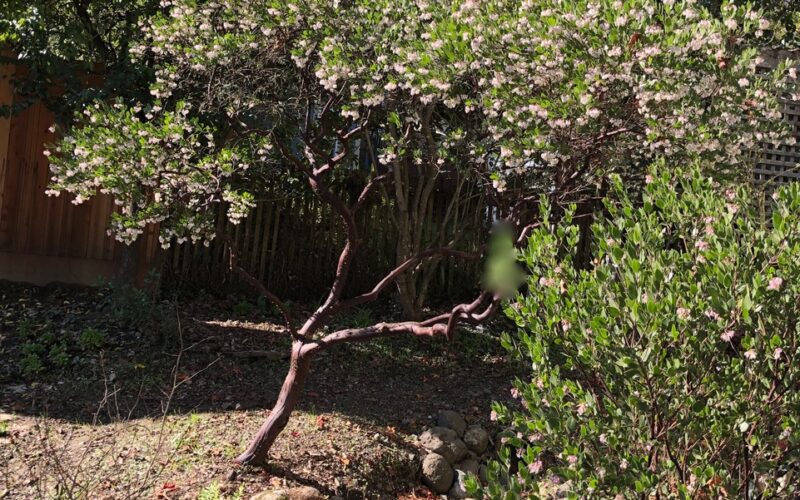
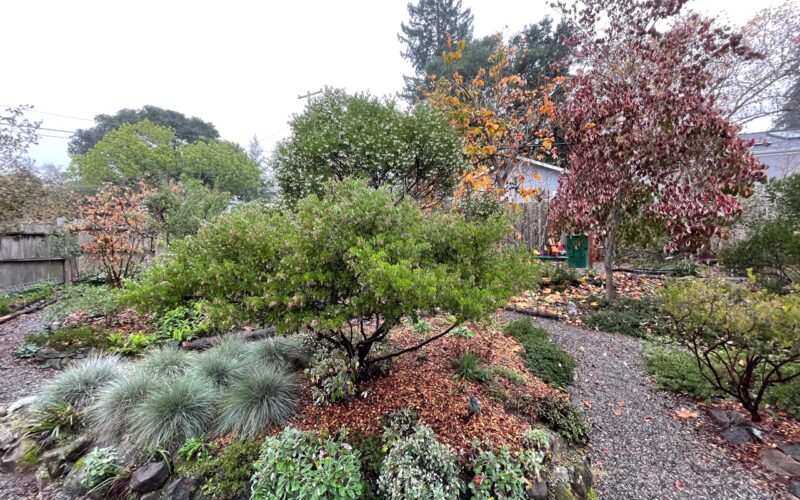
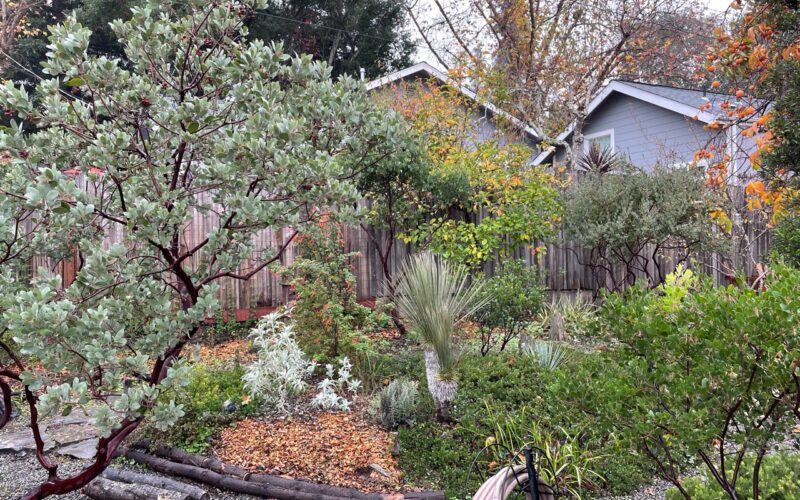
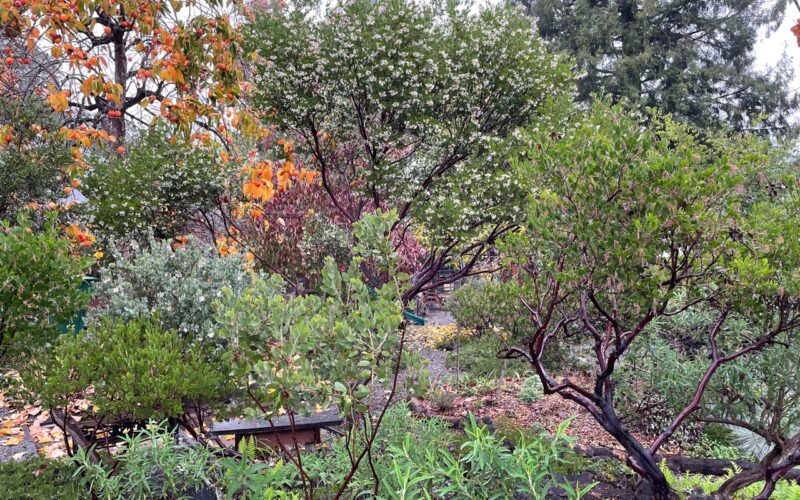
Plants in this Garden
Favorite Garden Suppliers
California Flora Nursery
2990 Somers Street Fulton
